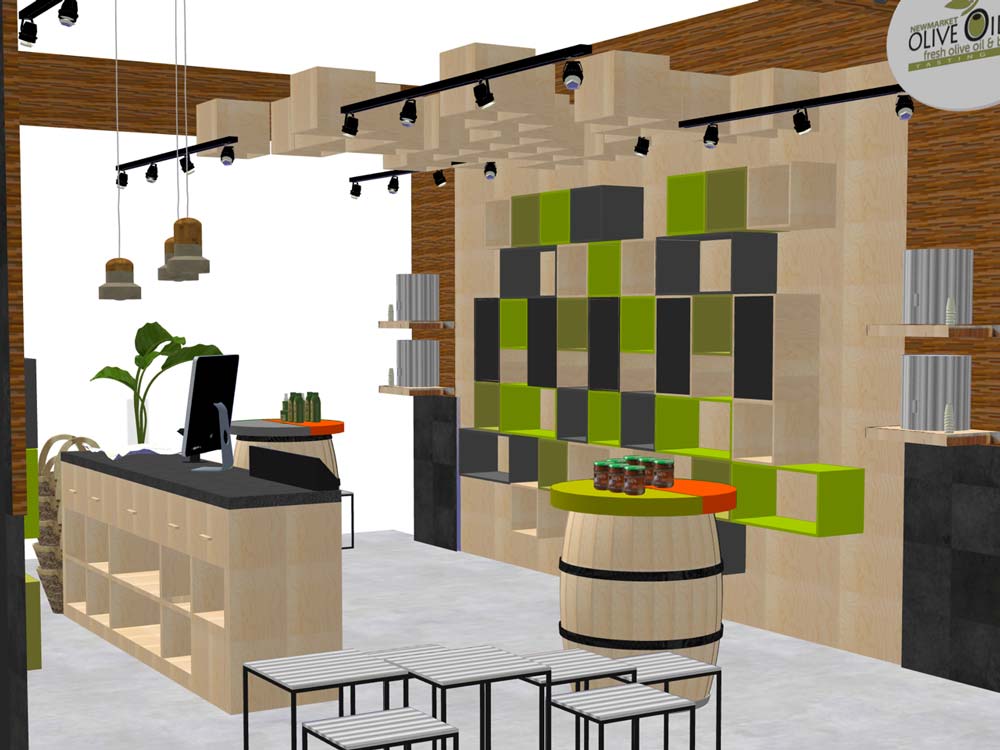Rendering out an interior design concept involves creating a digital or hand-drawn representation of the design to help visualize the space before it is built or implemented. Here are some pros and cons of rendering out an interior design concept:
Pros:
- Visualization: Rendering out an interior design concept can help visualize the space in 3D or 2D, making it easier to understand the design elements and see how they work together.
- Communication: A rendered design can help communicate the design intent and details to clients, contractors, and other stakeholders involved in the project. It can help ensure that everyone is on the same page and reduce misunderstandings.
- Modification: A rendered design can be easily modified and adjusted to meet the client’s preferences or changes in the design concept without the need for costly physical changes.
- Marketing: Rendered designs can be used for marketing purposes, such as creating a portfolio or showcasing the design on social media or other platforms.
Cons:
- Time-consuming: Creating a rendered design can be time-consuming and requires technical skills and software. It can be a significant investment for small design firms or designers.
- Costly: Hiring a rendering specialist or investing in software and hardware can be costly, and the cost may be passed on to the client.
- Unrealistic: Rendered designs may not always accurately represent the actual space, especially when it comes to lighting, materials, and textures. It’s important to manage client expectations and ensure that the rendered design is not misleading.
- Limitations: There may be limitations to what can be represented in a rendered design, such as the use of virtual reality to experience the space, which may limit the visualization of the space.
Rendering out an interior design concept can have many benefits, including visualization, communication, modification, and marketing. However, it also has some drawbacks, such as being time-consuming, costly, potentially unrealistic, and limiting. It’s essential to consider the project’s scope, budget, and goals when deciding whether to render out an interior design concept.

